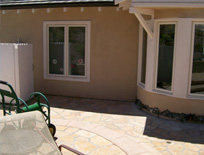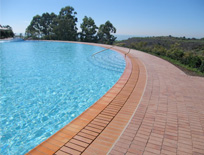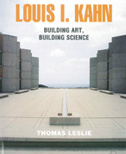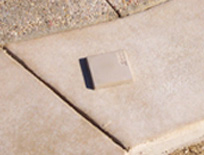ARTICLES
Advance Search
Aquatic Health
Aquatic Health, Fitness & Safety
Around the Internet
Aquatic Culture
Aquatic Technology
Artful Endeavors
Celebrity Corner
Life Aquatic
Must-See Watershapes
People with Cameras
Watershapes in the Headlines
Art/Architectural History
Book & Media Reviews
Commentaries, Interviews & Profiles
Concrete Science
Environment
Fountains
Geotechnical
Join the Dialogue
Landscape, Plants, Hardscape & Decks
Lighter Side
Ripples
Test Your Knowledge
The Aquatic Quiz
Other Waterfeatures (from birdbaths to lakes)
Outdoor Living, Fire Features, Amenities & Lighting
Plants
Ponds, Streams & Waterfalls
Pools & Spas
Professional Watershaping
Structures (Editor's Notes)
Travelogues & History
Water Chemistry
WaterShapes TV
WaterShapes World Blog
Web Links
Around the Internet
Aquatic Culture
Aquatic Technology
Artful Endeavors
Celebrity Corner
Life Aquatic
Must-See Watershapes
People with Cameras
Watershapes in the Headlines
Over the years, many of the mistakes I've seen that result in the most severe consequences can be remedied by very simple fixes. Indeed, the simplest and best "fix" is to avoid
It's a fact: Watershapes built with concrete need to be waterproofed in some way or it is almost certain that the water their shells are supposed to contain will find a way to escape. While some observe that concrete applied by an expert at high levels of compressive strength will
Readers Throw Cold Water on WSJ Pool Article As if the tanked economy wasn't bad enough for watershapers, The Wall Street Journal recently published an article ("Taking a Bath on Your Pool") that, essentially, calls into question the sanity of any homeowner who
Earlier this year, I attended the Texas Pool & Spa Expo in Fort Worth — and, upon arrival, was treated to an unexpected earful. As soon as I reached the show floor, I walked over to greet my friends at the Genesis 3 booth. Before I could even get in a good round of "hellos," David Tisherman asked me if I'd ever been to the
Whether we think of them this way or not, watershape and landscape designs have the ability to create emotional responses among our clients. In that sense, we're actually in the business of provoking those feelings. When we do things right, the conjurings are positive and are at their best when we successfully forge links to our clients' treasured experiences. If we miss the mark by not properly considering
An Interview by Eric Herman Brian Van Bower's 'Aqua Culture' column has appeared in every WaterShapes issue since the magazine's inception and has become an inspirational touchstone for many along the way. Now in his 12th year of writing for WaterShapes, Brian has covered a vast array of topics, all with a unique
World's Most Amazing Swimming Pool? Ripples thinks so — not because of the pool itself, but because of where and how it is situated. To fully appreciate this mindboggling installation, you need to see photos, so please
For many of us in the custom watershape and landscape business these days, working with decorative concrete is an almost daily activity. In my business, for example, we custom-cast fountains, make poured-in-place coping, fabricate countertops, create pilaster caps — you name it. And we can make whatever
I just don't get Hearst Castle. Why should we celebrate the gross-scale purchases of historical artifacts and period-inspired structures by a wealthy American whose main pleasures seem to have involved amusing himself and overwhelming others? I am willing to concede that Hearst's San Simeon compound and collections impress





















A Marketing Pro Surveys the Industry